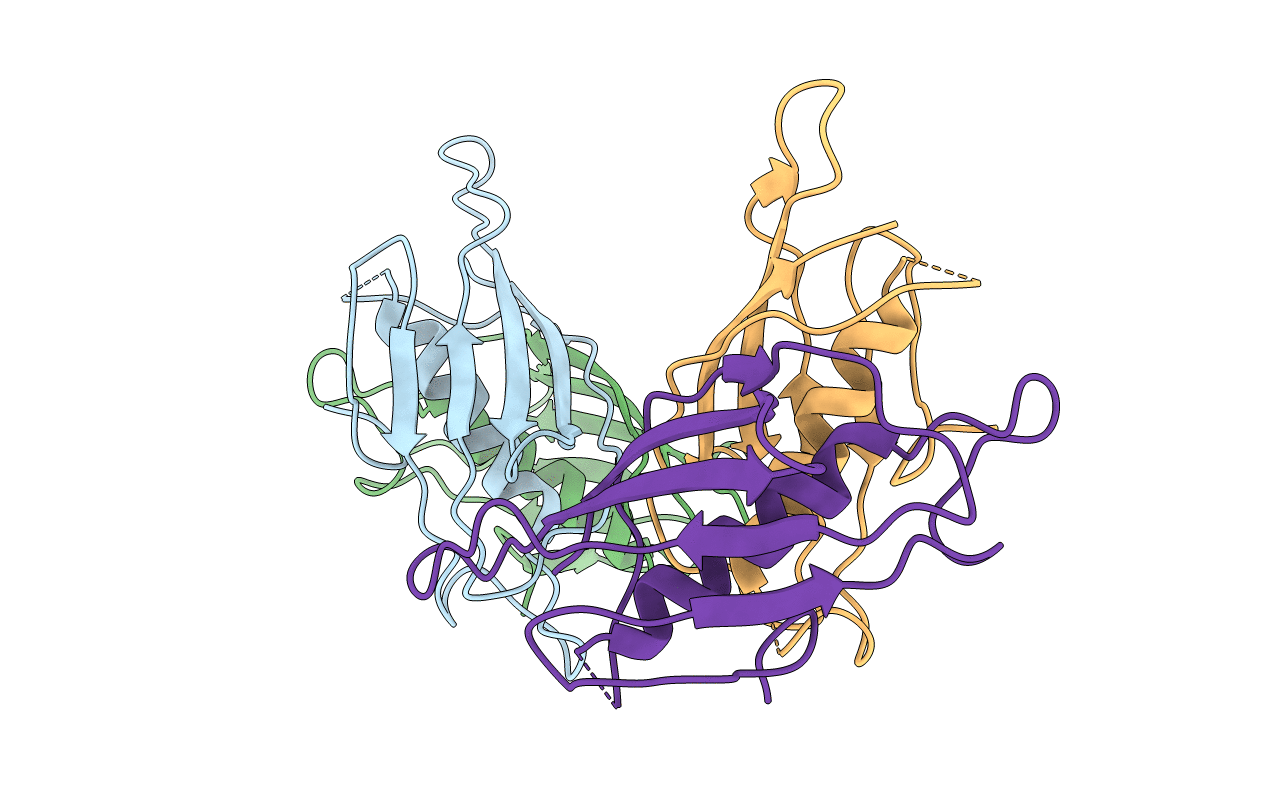
Deposition Date
2005-11-22
Release Date
2006-10-31
Last Version Date
2024-02-14
Entry Detail
PDB ID:
2F41
Keywords:
Title:
Crystal structure of FapR- a global regulator of fatty acid biosynthesis in B. subtilis
Biological Source:
Source Organism:
Bacillus subtilis (Taxon ID: 1423)
Host Organism:
Method Details:
Experimental Method:
Resolution:
2.50 Å
R-Value Free:
0.27
R-Value Work:
0.21
R-Value Observed:
0.22
Space Group:
P 21 21 21


